Selected Excerpts From:
Chapter 6: How the Game is Played – Restarting Play
Chapter 6: How the Game is Played – Types of Stoppages/Restarts – Throw-in
Chapter 6: How the Game is Played – Types of Stoppages/Restarts – Penalty Kick
Chapter 7: Player Skills- Defensive Skills – Tackling
Also:
Check out the Table of Contents for a chapter-by-chapter description
Italicized words can be found in the book’s Glossary and are linked to our on-line glossary reference.
|
||||||||||||||||||||||
|
|||
Copyright © 1998 First Base Sports, Inc. All Rights Reserved
|
|||
Copyright © 1998 First Base Sports, Inc. All Rights Reserved
|
|||
Copyright © 1998 First Base Sports, Inc. All Rights Reserved
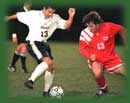
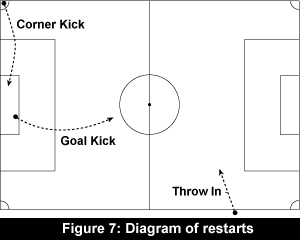
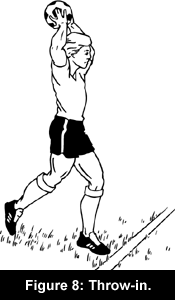 On the off chance that the ball crosses one of the
On the off chance that the ball crosses one of the 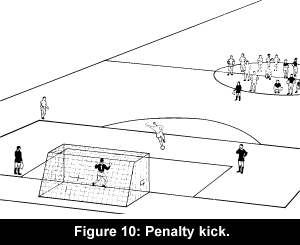 For the most extreme infractions or those conferred by the
For the most extreme infractions or those conferred by the 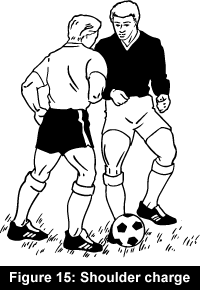 In soccer, tackling is the act of taking the ball away from a player by kicking or stopping it with one’s feet. Tackling in
In soccer, tackling is the act of taking the ball away from a player by kicking or stopping it with one’s feet. Tackling in